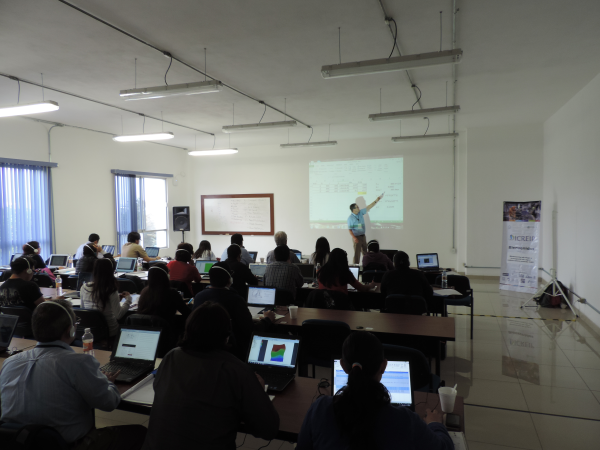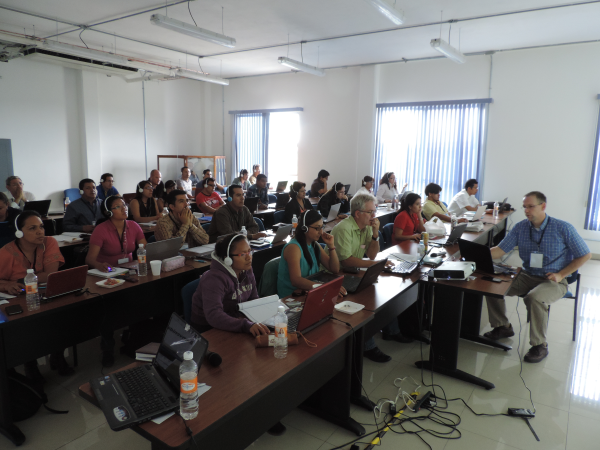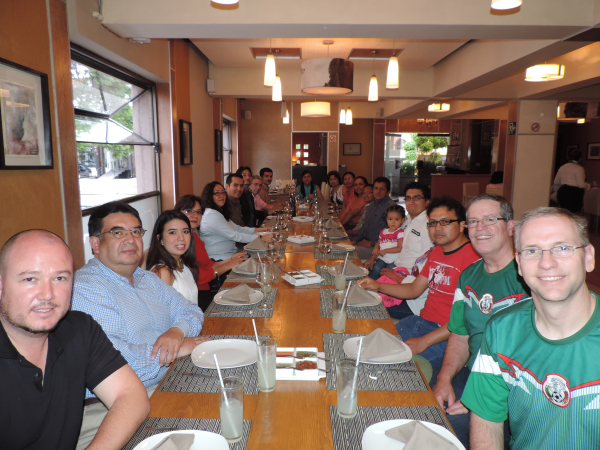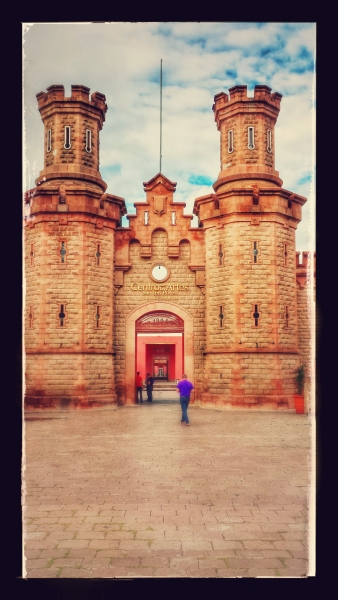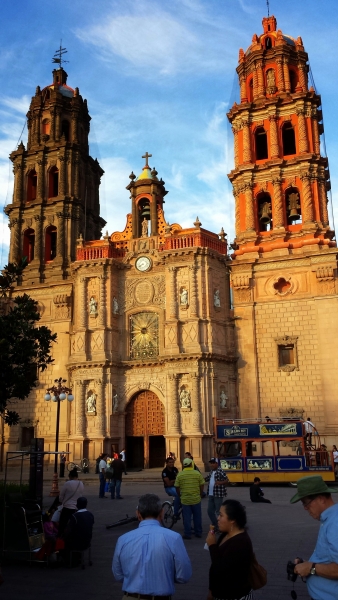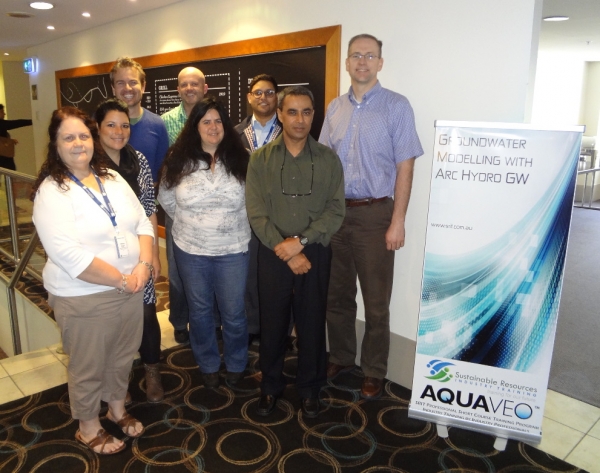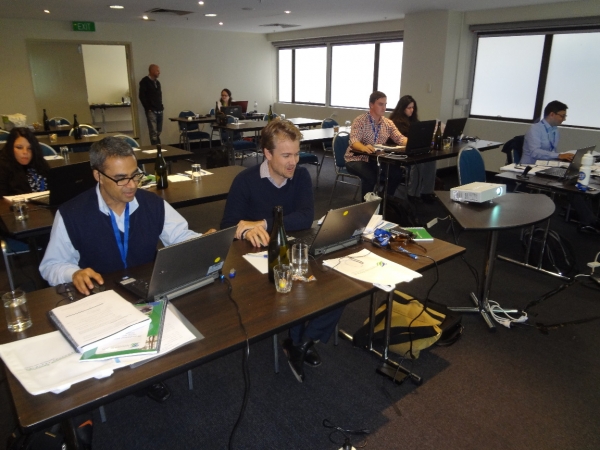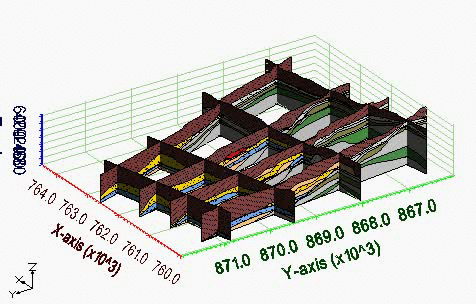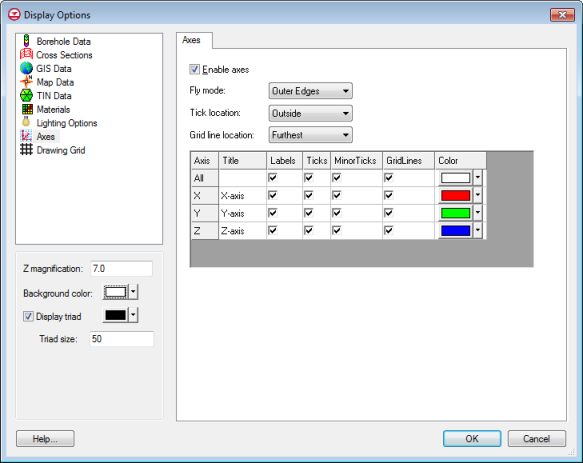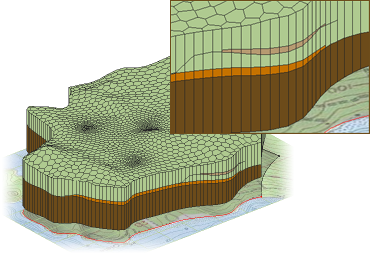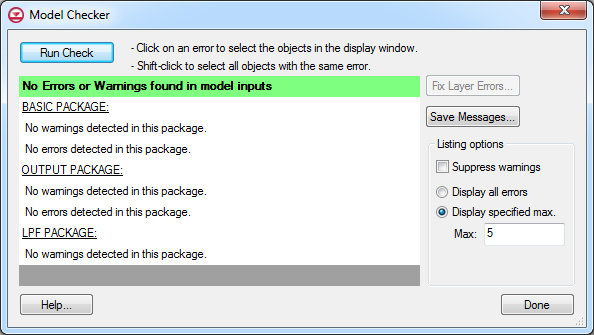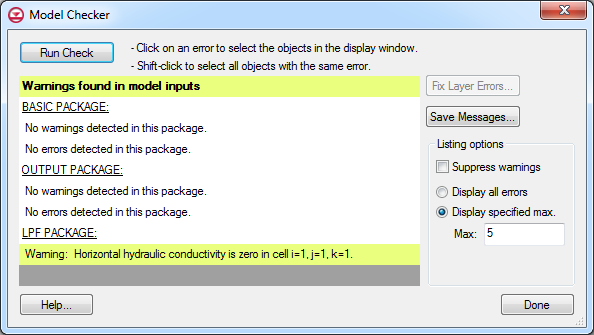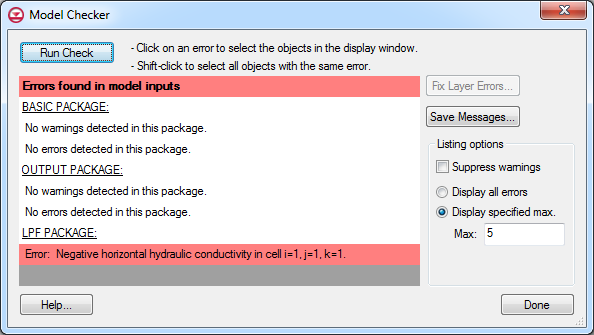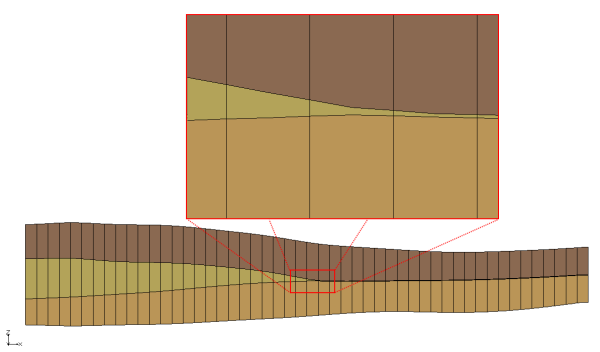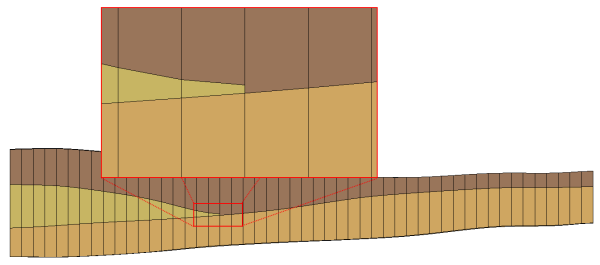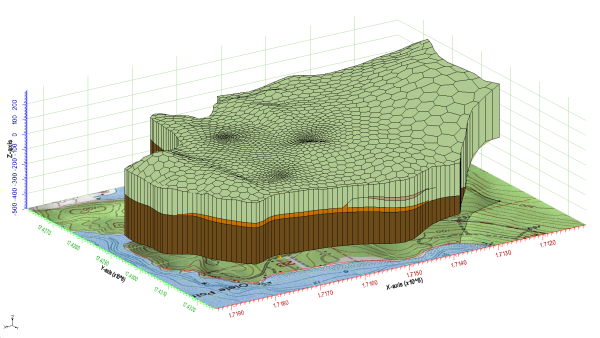The GMS team recently completed a MODFLOW-USG training course in Philadelphia. Thank you to Dr. Laura Toran for hosting us at Temple University. Alan Lemon, from the GMS development team, and Sorab Panday, principal MODFLOW-USG author, taught the class. The 2 day class was filled with theory and hands on applications with MODFLOW-USG. Course participants were excited to see the new types of grids that can be used with MODFLOW-USG. GMS has many flexible options for creating unstructured grids that make using MODFLOW-USG as easy as using traditional MODFLOW.
